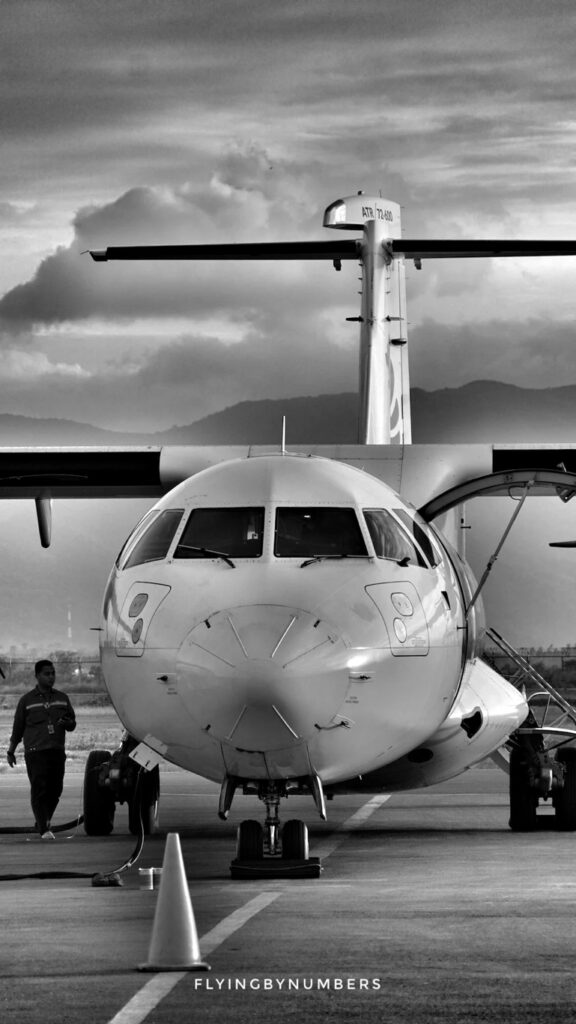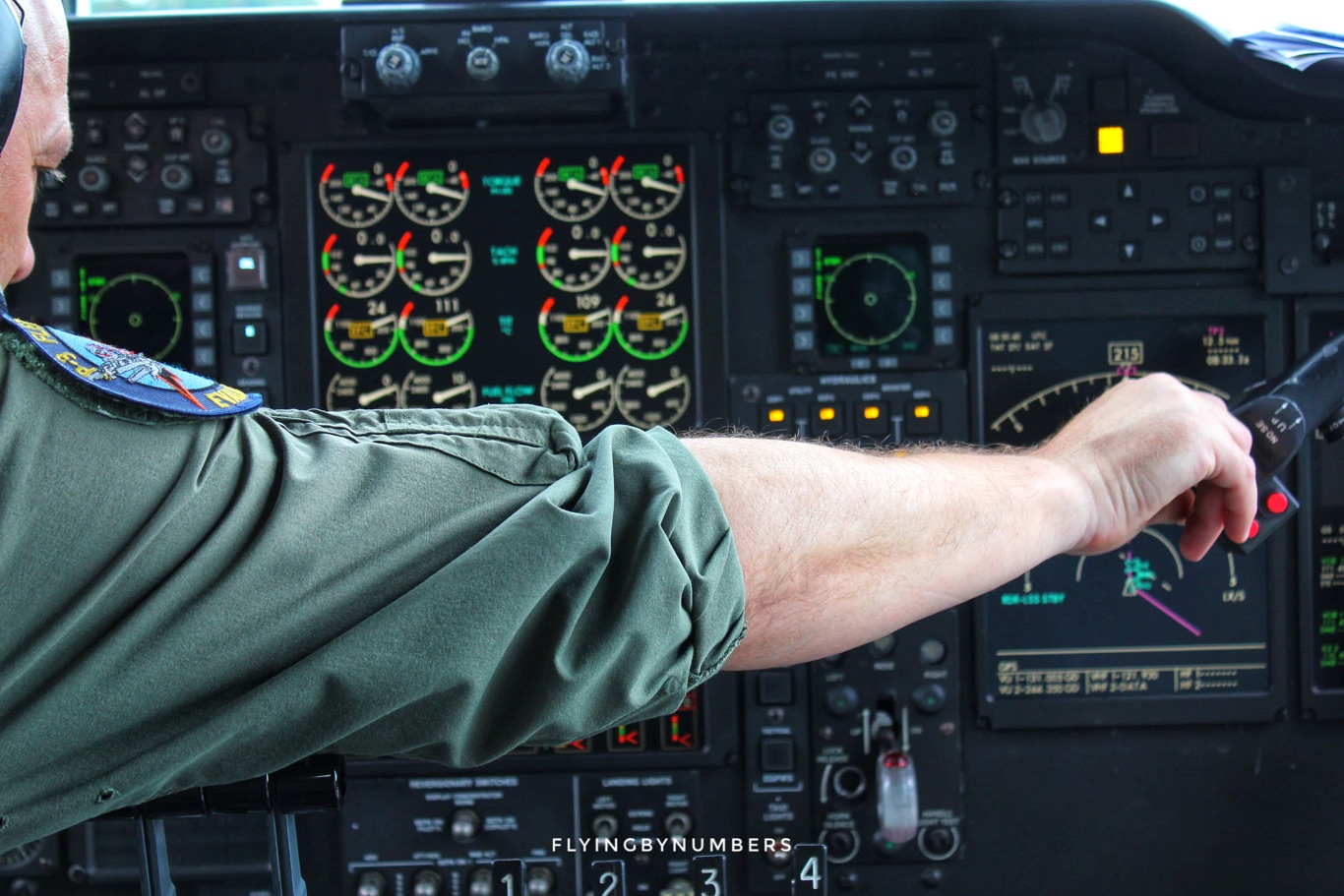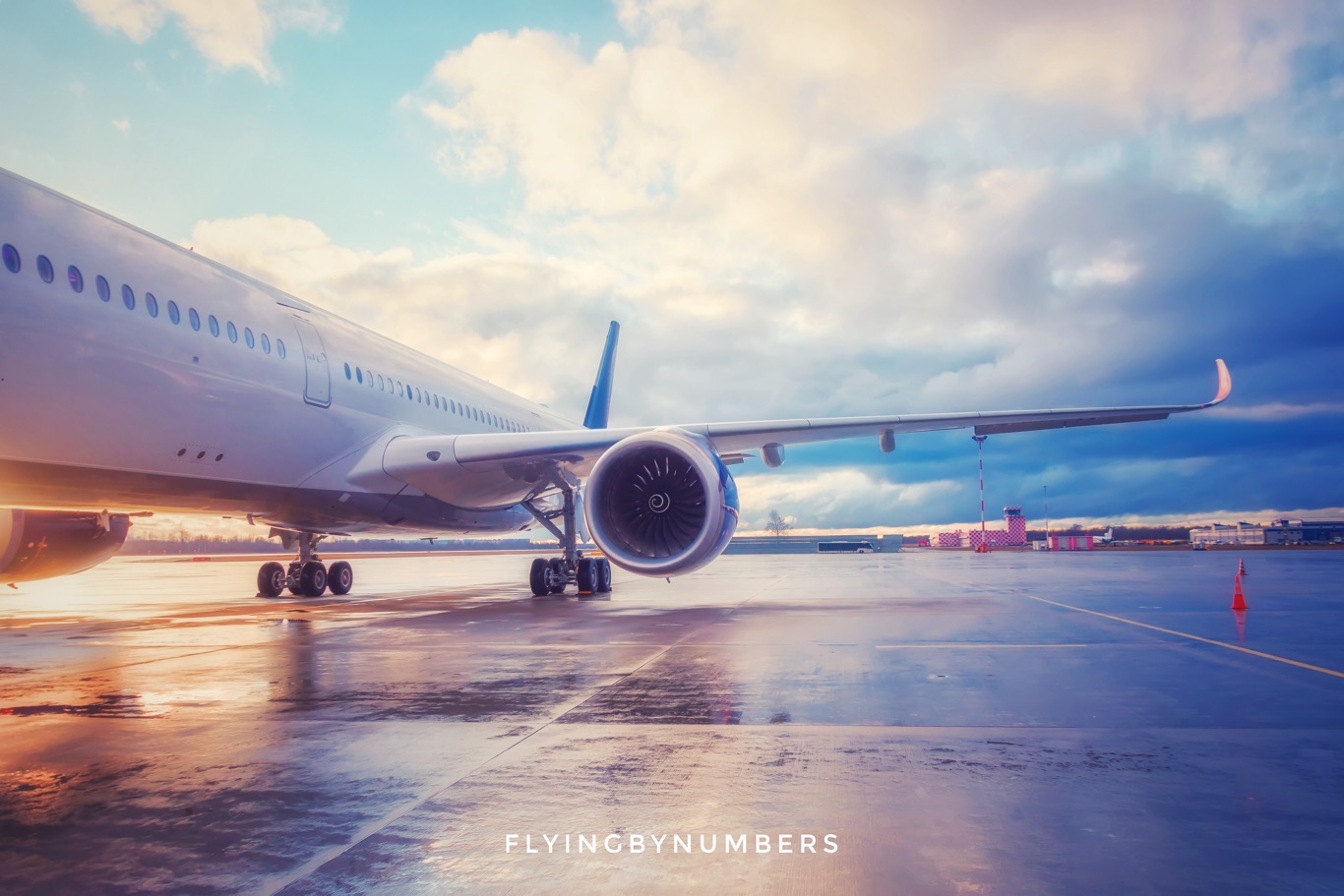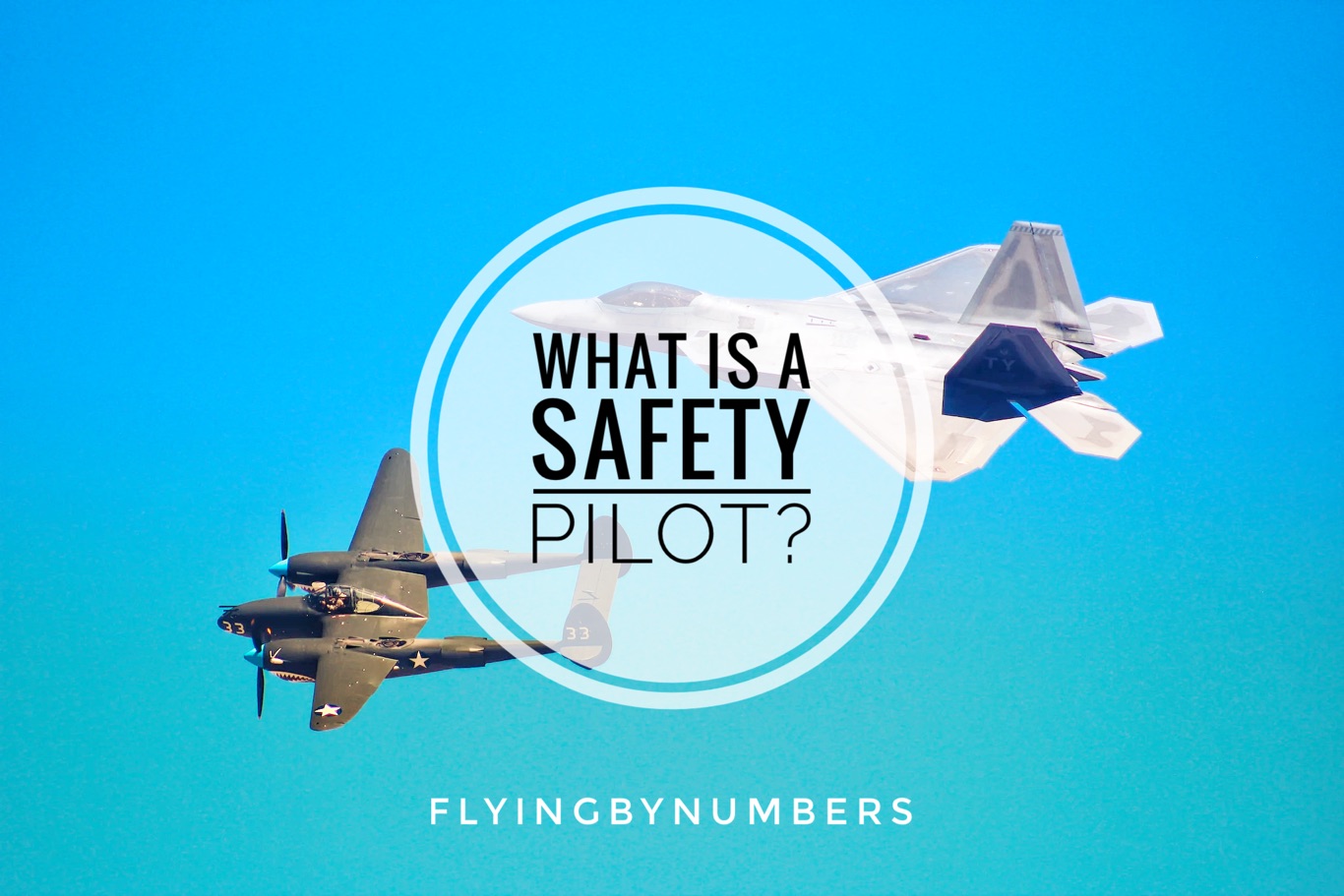A safety pilot is a certified pilot who accompanies another pilot during flight operations, often for training purposes. This may be as a third pilot in the cockpit — in addition to an instructor pilot — or in less complex operations, the training pilot may double up as a safety pilot as well.
The term safety pilot is most frequently used in the context of private general aviation. However, you’ll also find safety pilots in commercial aviation environments, primarily during test flights or in training scenarios.
Think of a safety pilot as an additional pair of eyes and ears during a training process. This can be especially critical during some moments, including flying with deliberately restricted vision, high workload manoeuvres, and new pilot’s operating complex aircraft types.
In this article, we’ll aim to provide some context around safety pilots and their job roles. We’ll have a look at why safety pilots are needed and provide some real life examples of their use.
Why are Safety Pilots Needed?
While modern technology has brought us advanced autopilot systems and increasingly safe aircraft, human oversight remains crucial in aviation. Here’s where the safety pilot comes in.
During certain flight operations, especially those involving instrument training, a second set of eyes and ears becomes invaluable. This secondary observer taking the role of safety pilot ensures a safe flight environment while the primary pilot focuses on mastering advanced flight skills.
Furthermore, the presence of a safety pilot can help alleviate some additional workload involved in flying, particularly for less experienced pilots.
In advanced commercial aircraft, during some stages of pilot training, both the instructor pilot and the trainee pilot can be under exceptionally high workloads. In this situation, an additional safety pilot, sitting behind the two operating pilots, can also provide vital feedback and corrections for things that the training pilot may have missed.

Likewise, a third pilot can provide an additional pair of hands to complete routine tasks to give the trainee, and instructor pilots time to focus on training.
4 – Examples When Safety Pilots are Used
Safety pilots are indispensable across a range of flight operations, including instrument training, test flights, long cross-country flights, and importantly, in commercial aviation during line training and type conversions…
Basic instrument training
During basic instrument training for private pilots, the trainee will have their vision artificially restricted so that they cannot look outside. This is to give trainee pilots practise flying by only using the aircraft instruments — a skill they will need when flying in thick cloud cover.
While this is happening, the safety pilot ensures that the trainee flying “under the hood” — maintains a safe distance from other aircraft traffic and obstacles, allowing the trainee time to solely focus on honing their instrument flying skills. This secondary role becomes vital to the safe execution of such training sessions, and is one of the most commonly referred to roles as a safety pilot.
Aircraft certification and testing
During test flights for new or significantly modified aircraft, safety pilots are often on hand to help manage any unforeseen issues. Typically, this is an example of a safety pilot being an additional member of the flight crew team who will sit on the cockpit jumpseats behind the two operating test pilots, sometimes alongside a flight engineer.


Unlike flight training aircraft, designed for their ease of flying, or commercial flying, during the design and testing phase there is a heightened risk of things going wrong. Unforeseen difficulties in handling the aircraft, or the failure of systems under testing, can dramatically increase the test pilots’ workload. In this situation, safety pilots play a crucial role, acting as spare capacity if things go wrong, to ensure a safe outcome even in the most challenging flights.
Ferry flights
Ferry flying is the process of transporting aircraft beyond their normal flight range — sometimes from one side of the world to the other — typically for specialist maintenance or following an aircraft sale.
A niche but crucial role, for the aircraft, an upgrade in the form of additional fuel tanks are often fitted to increase the range significantly and allow the journey to be made with minimal stops. For the pilots, an upgrade comes in the form of an additional safety pilot!
Long cross-country flights can be physically and mentally taxing, especially whilst ferry flying smaller general aviation aircraft that are not designed for long distances. A safety pilot can help manage workload and fatigue, enabling the other pilot to get some in seat rest during long and cruise portions. Sharing responsibilities also reduces the risk of human errors due to fatigue, thus enhancing the overall safety of the flight.
Commercial pilot line training
In commercial aviation, safety pilots play a vital role during line training for new pilots or when existing pilots are transitioning to a different aircraft type.
A large portion of initial commercial pilot training is conducted in simulators. However, to gain real-world experience, under the guidance of training captains, trainee pilots also fly on real commercial flights. With fare paying passengers!

The safety pilot, who is an experienced pilot already proficient on the type, accompanies the trainee pilot during the first few of these commercial flights. Here, the safety pilot can take some burden off the training pilots’ workload, immediately correct any errors and provide real-time advice and guidance, ensuring the highest level of safety during this critical phase of transition.
Conclusion
In conclusion, while the term safety pilot might sound alarming, it’s actually quite the opposite. Safety pilots play a crucial role in the aviation world, ensuring that flights are conducted safely and efficiently, especially during training or testing situations.
The most common situations where safety pilots are needed are during high-workload or abnormal operations. These include ferry flights, testing and certification flights, instrument training, and the initial phases of commercial airline pilot training.
In all these examples, the safety pilot’s presence adds an invaluable layer of safety and efficiency to flight operations. Their expertise not only helps manage potential risks, but also contributes significantly to the skill enhancement of other pilots.
Frequently, safety pilots don’t actually need to do anything! The trainee, test-pilots or training captains are usually exceptionally capable and have the situation under control. However, the additional layer of safety provided by these safety pilots helps make aviation one of the safest modes of transportation.
So, the next time you hear the term safety pilot, rest assured it’s another layer of protection, an assurance of oversight and expert judgement, all working towards making your flight a smoother and safer journey.





